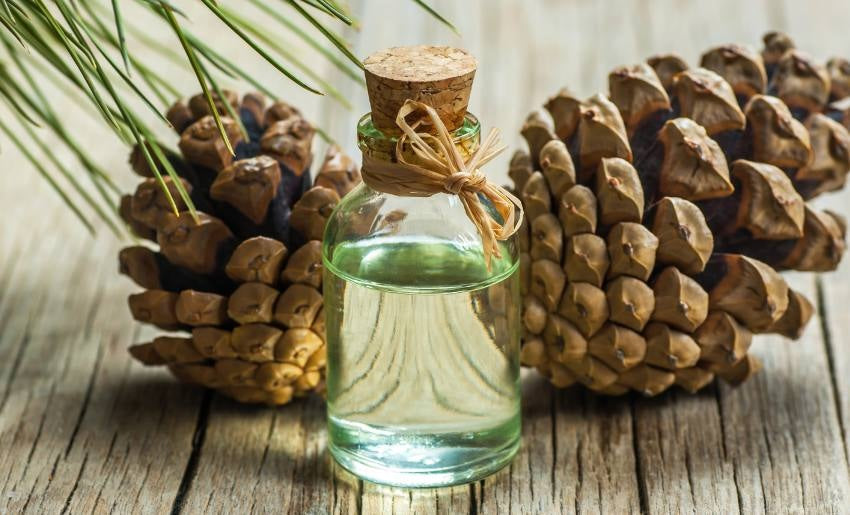Why Our Kit Does Not Include Turpentine
We sometimes receive questions like:
“I saw some books and websites using turpentine for kintsugi. Why isn’t it in your kit?”
“Don’t professional craftsmen use turpentine? Is it really not needed?”
Our kintsugi kit does not include turpentine—not because we forgot, and not to cut costs.
We intentionally chose not to include it.
This page explains why.
What Is Turpentine?
Turpentine is a natural oil made by distilling pine resin.
It has a long history and was even used in ancient Egypt.
In the 19th century, turpentine became common in industrial use, especially in the U.S.
It is still used today in paints and cleaning agents.
Is Turpentine Part of Traditional Kintsugi?

No.
Kintsugi was developed in Japan in the 15th–16th centuries using only lacquer and natural materials.
There are no records showing turpentine being used in traditional methods.
Turpentine came into use in Japan in the 20th century, influenced by Western painting.
Today, some artisans and kintsugi workshops use it to make work easier, but it is not essential.
It is just an option.
Why Do Some People Use Turpentine in Kintsugi?

Turpentine helps in a few ways:
-
Thins lacquer: Helps when the lacquer is too thick and sticky to brush on smoothly.
-
Controls drying: Helps adjust texture and finish.
-
Cleans tools: Good for removing lacquer from spatulas and palettes.
Still, it is only used in some situations.
Even today, most traditional kintsugi methods do not rely on turpentine.
What About Kerosene?

Kerosene began to be used in Japanese lacquerware from the late 19th to early 20th century, Meiji period in Japan.
It is used to:
-
Clean tools
-
Remove oil from cheap brushes
But like turpentine, kerosene is not part of traditional kintsugi.
Traditional methods use only lacquer and natural materials.
Can You Do Kintsugi Without Turpentine?

Yes, absolutely.
In our kintsugi kit, we suggest:
-
Cooking oil (such as rapeseed or canola oil, or any common vegetable oil you have at home) to clean lacquer from tools
-
Ethanol to remove oil from pottery
Ethanol (like rubbing alcohol) is easy to buy in pharmacies.
It has less smell, is safe, and is easy to use at home.
In traditional times, ethanol was not available. After cleaning lacquer with oil, people would carefully wipe off the oil with tissue, then wash with soap and water. Today, ethanol is a convenient and effective alternative.
With these, you can do beautiful and traditional kintsugi—without turpentine.
Why We Chose Not to Use Turpentine

We considered using turpentine, but we chose not to—for five important reasons:
1. Staying True to Tradition
We want you to enjoy kintsugi the way it was done in the past—using only natural materials.
Even without turpentine, lacquer works very well.
2. Health Concerns
Turpentine is natural, but it is a volatile organic compound (VOC).
It can cause headaches, dizziness, or skin and eye irritation.
The Japanese government sets strict VOC limits for indoor air.
Turpentine is also highly flammable and must be used with great care and ventilation.
We want our kits to be safe and easy to use at home.
3. Strong Smell

Turpentine has a very strong smell.
Just one drop can fill a room.
Even with windows open, the smell may stay.
This can be hard for children and families sharing the space.
4. It Goes Bad Easily
Turpentine oxidizes quickly when exposed to air.
It can turn sticky and affect how well the lacquer dries.
For beginners, this can lead to mistakes and poor results.
5. Shipping Restrictions
Turpentine is a flammable liquid.
Shipping it inside Japan and especially overseas is very hard.
There are strict laws, and it can’t be shipped with food or on planes.
To reach people worldwide, our kit must be safe to ship.
In short, we want everyone to enjoy kintsugi at home—safely and traditionally.
That’s why we choose not to include turpentine.

Still Want to Use Turpentine?
Turpentine can be helpful in some ways.
We don’t think using it is wrong.
But we hope people make an informed choice, based on its pros and cons, and on kintsugi’s history.
Our hope is for you to enjoy kintsugi with peace of mind and keep practicing it for a long time.


